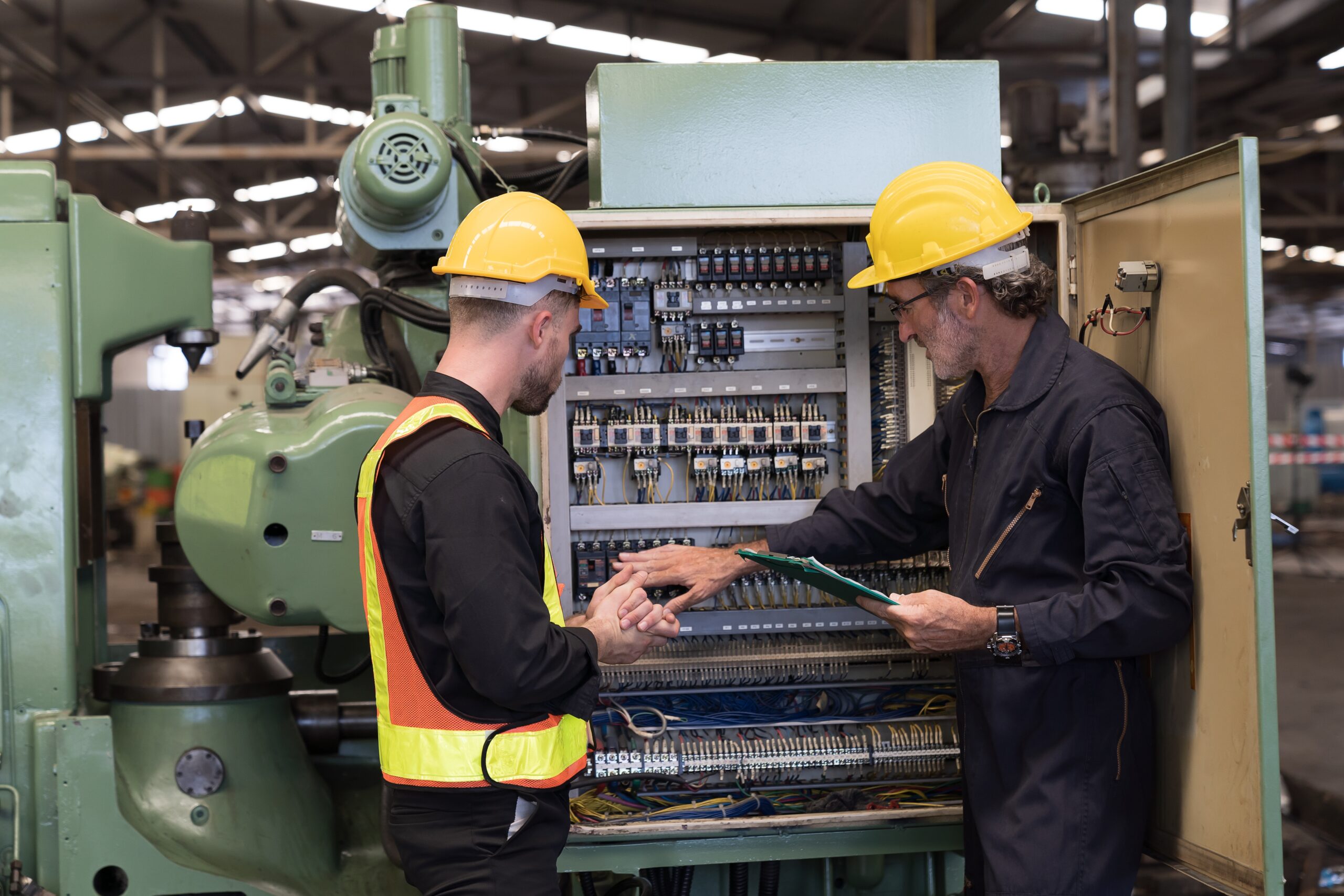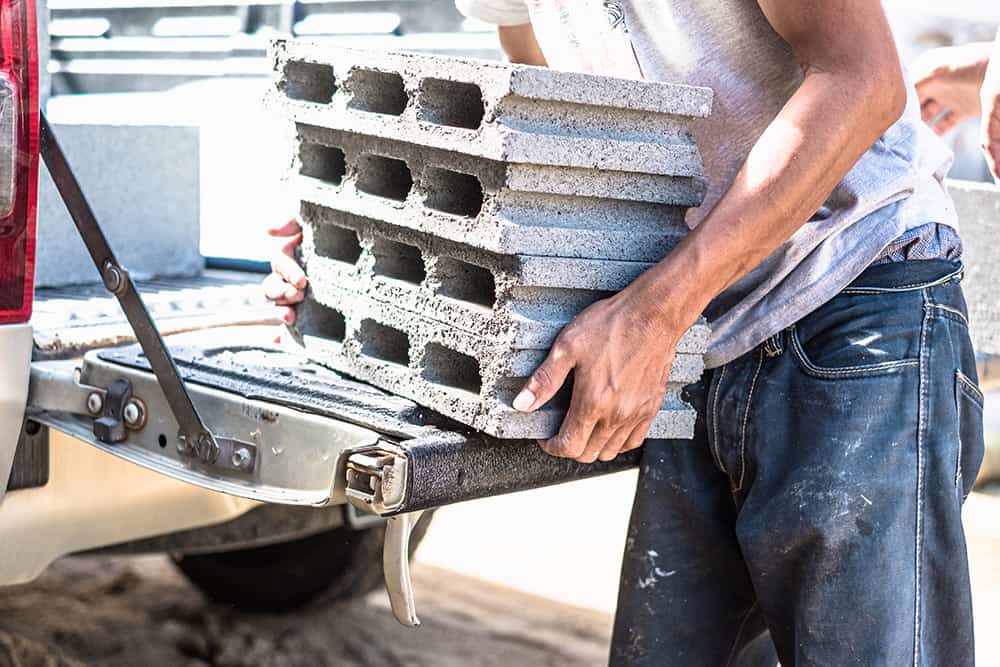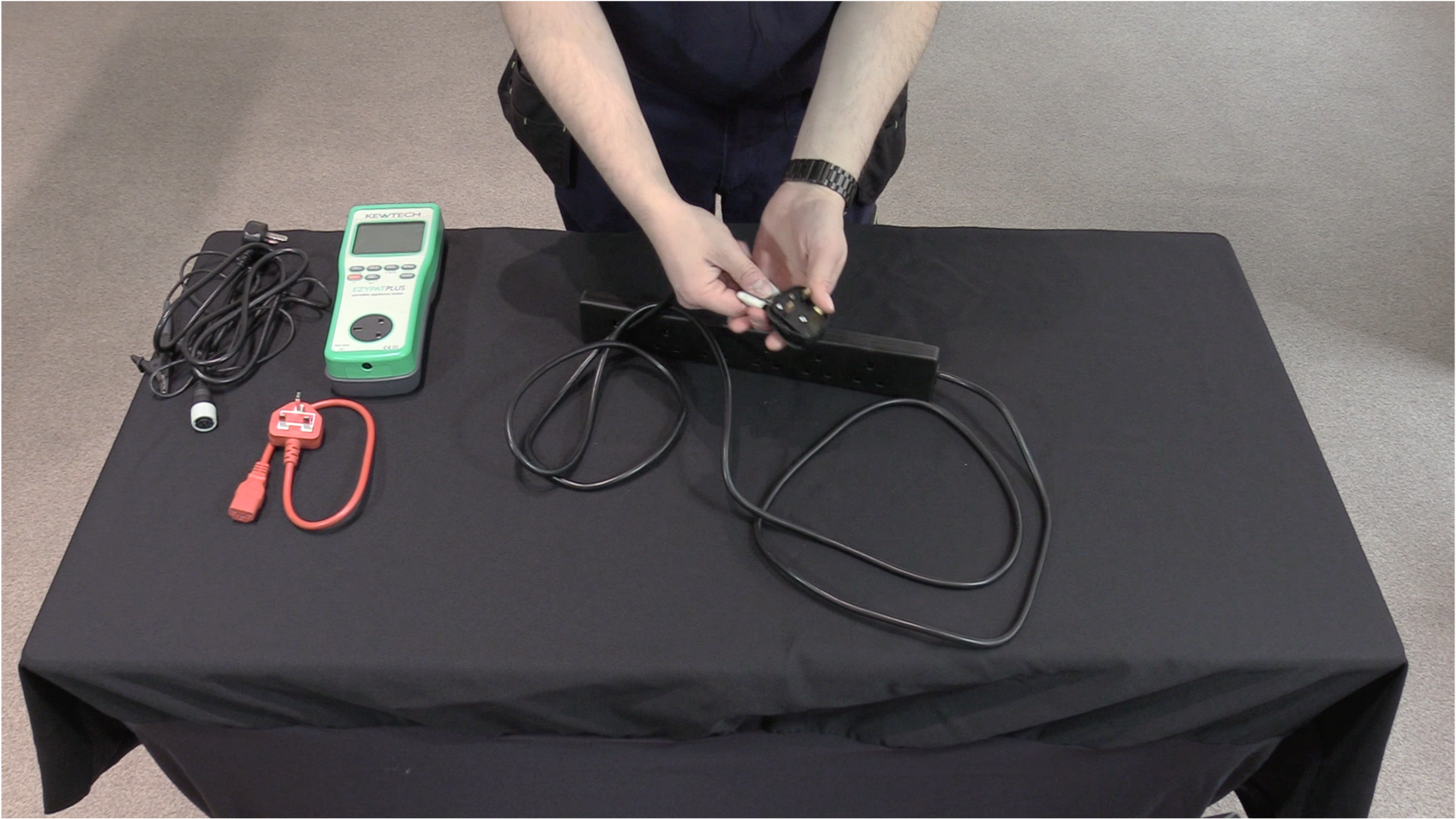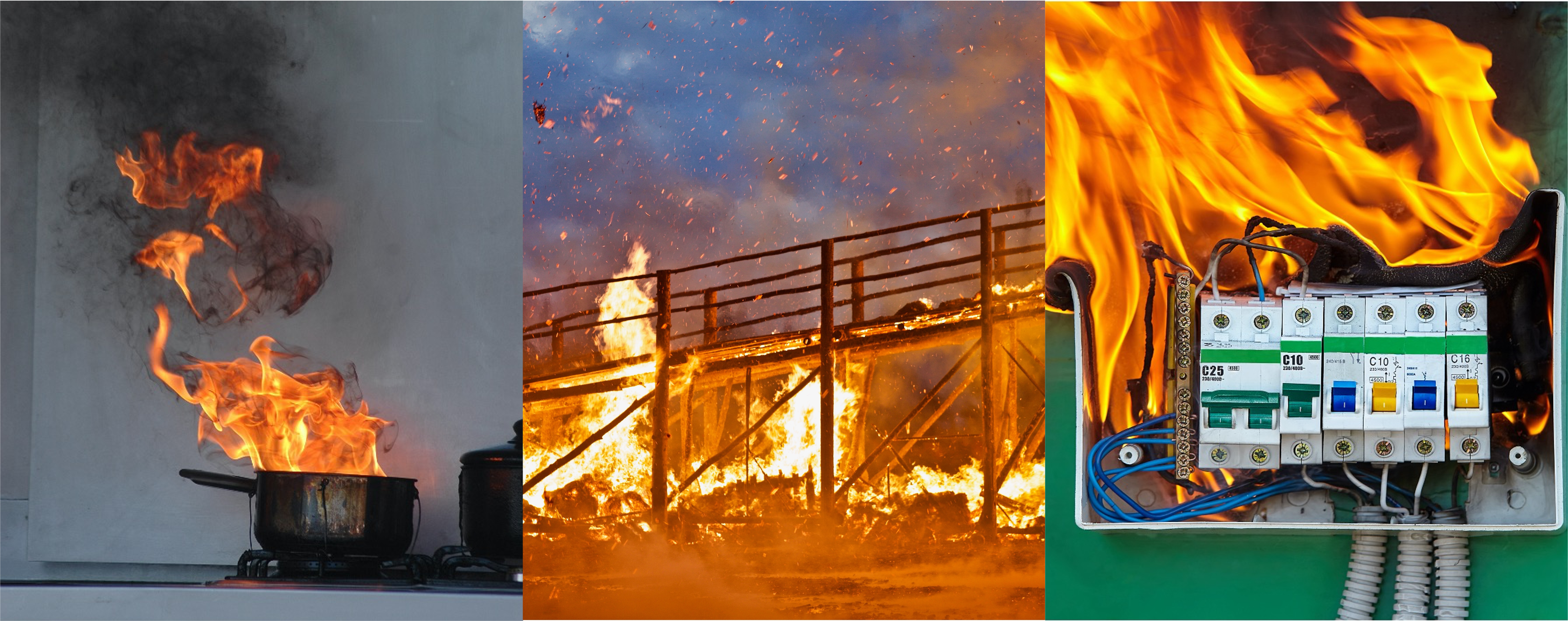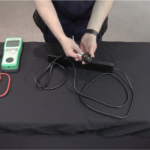
Each year, 3,600 healthcare workers are forced to retire, after receiving life-changing injuries from moving people and objects at work. If you work in health and social care, your employees face this same risk.
Having another person’s health and safety in your hands is daunting. Damage can be done to a worker, or the person they’re caring for. But with understanding of the principles for safe moving and handling in health and social care, tasks can be carried out with confidence. In this article we’ll take a close look at how to move and handle loads in a healthcare environment.
What is Moving and Handling in Health and Social Care?
Moving and handling is when you, well, move or handle a load. Loads can be inanimate objects, or something living, like a person or an animal. In health and social care, workers could have to move and handle both objects and patients of various shapes, weights and sizes.
Common tasks workers may have to do in health and social care include:
- Lifting or supporting a patient’s weight
- Helping patients with washing, getting dressed or other quality of life tasks
- Supporting patients with walking, sitting or standing
- Lifting and carrying laundry, cleaning products or catering supplies
Before these tasks can be performed though, there needs to be proper preparation to make sure everyone involved with the task is safe.
Manual Handling Risk Assessments in Health and Social Care
In healthcare, both general and individual risk assessments need to be carried out for any manual handling tasks. Risk assessments are used to identify risks and consider what controls are necessary to manage them. Patients however, bring different types of risks.
General Risk Assessment
Generic manual handling risk assessments consider worker safety, and general health and safety issues of the task and the work environment. If the worker has to lift a heavy object, this type of risk assessment would suffice. The Health and Safety Executive (HSE) have a pdf of risk assessment checklists you can use as templates.
Individual Risk Assessment
An individual risk assessment however, is for workers who need to lift or move a patient. It takes into account the patient’s wants and needs. It also considers their family’s desires if they have made decisions for their loved one.
These risk assessments are key because they will differ from patient to patient. If you’re responsible for a number of patients, they could all have different medical conditions and personalities. An example of a detailed individual risk assessment, and further important information to consider when moving and handling in health and social care can be found at NHS Scotland.
All risk assessments need to be done before the patient is moved or handled. It’s important to make sure they’re reviewed regularly too, because staff and patient situations will change.
Principles for Safe Moving and Handling
To protect themselves and the load they’re moving or handling, there are a set of principles workers can follow. As we mentioned, in healthcare, a load could be an object, animal or person. The principles can be applied broadly to anything being handled.
How to Perform a Manual Handling Task
When performing manual handling:
- Have a broad stable base
- Avoid bending at the waist
- Avoid twisting at the waist
- Keep the load as close to the body as possible
- Get the load into a good position
The goal of these principles is to protect the handler’s body against the risks of handling something heavy. People will likely be the heaviest thing a healthcare worker will handle, so let’s take a look at this is in more detail.
Manual Handling of Patients
How do you move or handle an individual? Whether it’s with equipment or by hand, they need to be secure, and importantly, comfortable. They should be asked if they’re comfortable before being moved.
All possible complications should be considered and removed beforehand, if possible. This can be done by simply keeping the environment clean and tidy. And all precautionary measures that were identified in the risk assessment should be in place.
Patient Moving and Handling Checklist
Before workers move and handle a patient, they should go through a checklist. This is different to a risk assessment, because it’s more focused on the current state of the patient. Checklists should ask the worker things like:
- Does the patient need help?
- Are you in a fit state to move them?
- Do you need help and is someone available to help you?
- Are you wearing suitable clothing for the task? For instance, shoes with good grip.
Much like the individual risk assessments, these checklists can be bespoke to the individual. They are an additional aid that workers can use to ensure every risk has been considered. You can never be too careful.
Proper Use of Mechanical Equipment for Patients
Mechanical lifting aids are a key risk control when moving patients. Anyone who is required to use such equipment must be properly trained to do so. In 2016, some 15 incidents of falls and one death happened because of improper use of mechanical hoists. So, if workers aren’t prepared to use equipment, there can be devastating consequences.
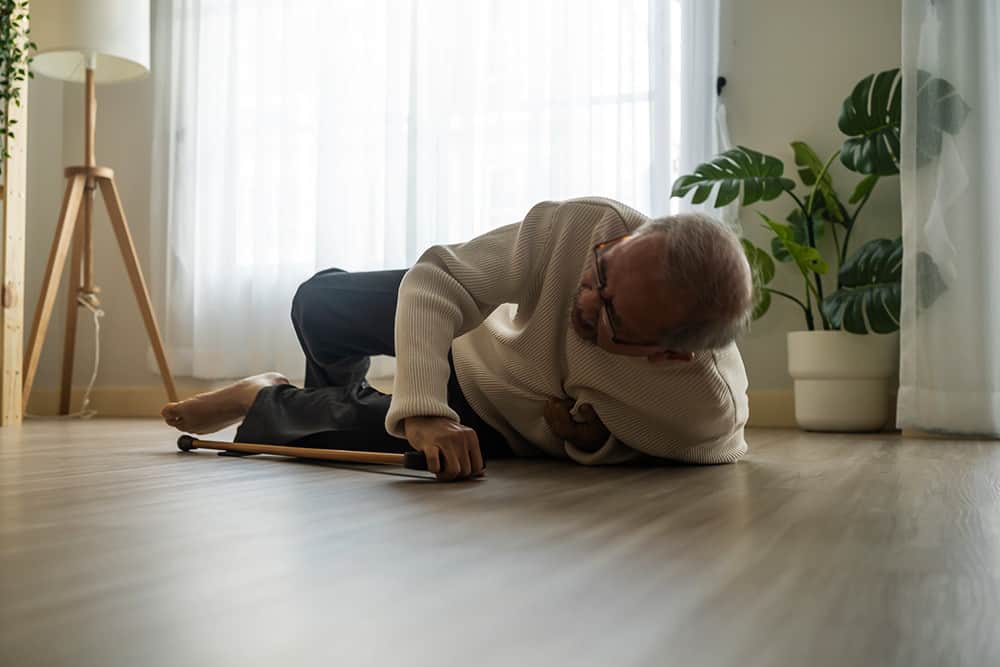
Types of Equipment
Hoists are not the only piece of equipment useful for making the manual handling of patients easier. Also available are:
- Slings – including:
- Bath slings
- Toilet slings
- In-situ slings
- Transfer slings
- Slide sheets – which are used to move someone without dragging them
- Transfer boards – which help with moving patients between furniture
- Turning aids
- Electrical profiling beds – which have adjustable heights and positions
- Wheelchairs
- Handling belts – to help patients support their own weight
- Bed levers – which reduce the risk of falls
Equipment Pre-use Checks & Maintenance
With all equipment, it needs to be safe before it’s used. To do this, workers should check it’s in good working order, clean, and being used for the intended purpose. They should also check the warning signs for the maximum weight it can handle, or Safe Working Load (SWL), to reduce the risk of injuries.
Under the Lifting Operations and Lifting Equipment Regulations 1998 (LOLER), equipment and associated accessories that are used to lift people should be thoroughly examined every six months. It’s your responsibility to ensure these inspections have been carried out.
Manual Handling Training Supports Health and Safety:
An employee on the front line of health and social care will be required to do some form of manual handling. You are legally obligated to provide employees with training, and you have a responsibility to your patients, to ensure employees are competent to handle them safely.
Avoid injuries or worse by signing up for a manual handling training course with Human Focus. The course supports your need for health and safety and legal compliance.





